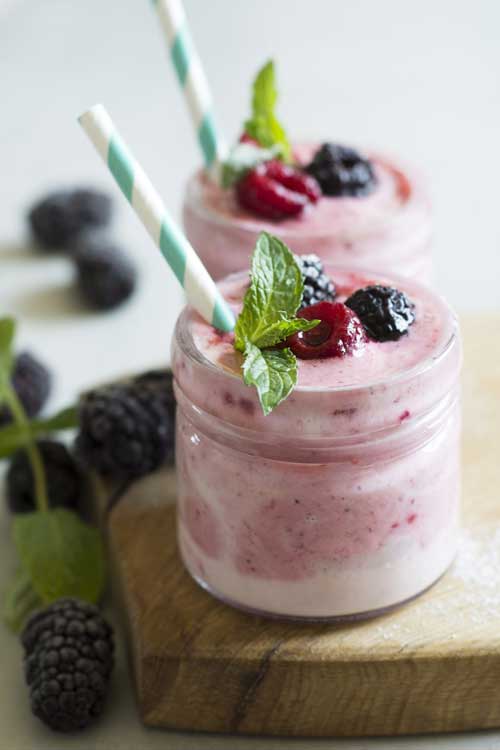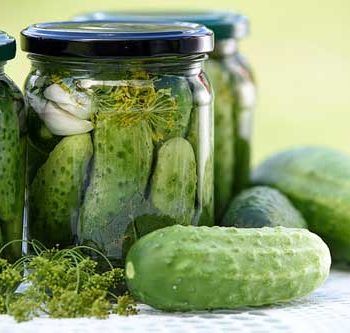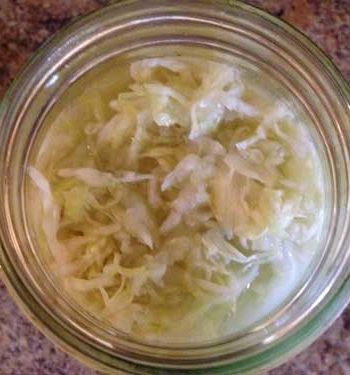This post contains affiliate links, which means I may earn some money if you click on one. Don't worry, there is no additional cost to you. Thank you for supporting my blog.
Many of my friends have asked me to teach them how to make fermented foods, in fact, it is one of the reasons I started this blog. Kefir contains probiotics as well as many vitamins that are made bio-available by the fermentation process. Lacto-fermented foods are an inexpensive way to obtain probiotics. (Good quality probiotics can be expensive, especially if you have a large family).
Kefir was the first fermented food I experimented with. I initially heard about it in a book called “The Four Hour Body“, by Tim Ferris. He mentioned consuming fermented foods to help lose weight and kefir was one of the foods listed.
Of course I was living in South Korea at the time and I had no idea how I was going to find this product. I searched for it for a few weeks with no luck. Then, I found a website for a company in Korea that made kefir products. They did not sell directly to the public but I did get some helpful information from the site. I found out the Korean word for kefir grains, and searched for them on Korean websites. I found some live grains for sale on Gmarket, and ordered them right away.
They arrived packaged in a small container covered with milk. I also received a small plastic colander with it. (Apparently, metal is not good for the grains, it harms them). Once I was equipped with the grains, I walked to the organic grocery store across the street and purchased some organic milk.
Making the kefir was very easy, it is much easier than yogurt. Here’s how to make it
You need …
1 TBS of kefir grains
2 cups of milk, (goat or cows milk)
Quart size mason jar
non-metal strainer
Here’s how you make it …
Pour the milk into the jar. Plop the kefir grains into the mason jar, cover, and let it sit on the counter 12-24 hours. Filter out the grains from the milk, (using a strainer that is not made of metal). Do not wash the grains off using water. (I am not sure why, but I have read that you should not do that). I use a wooden spoon and sort of stir the grains to get more of the milk off.
At this point you can make another batch or store the grains.
If you store them in the fridge you will need about one cup of milk to cover the grains. They can “rest” like this for a week.
That’s it. It is so easy to make. I used to use a cheesecloth to cover the kefir, but now I just use a mason jar lid. There is not a lot of pressure build up of gas in 24 hours with milk kefir grains, at least not in my experience. (Water kefir is a little trickier). I like to use goat milk for our kefir, (my kids were raised on it). My preference is to ferment for 24 hours, because my kids like it a little more “tart”. But experiment with the time to appeal to YOUR taste.
Honestly I was nervous the first time I made kefir. I was new to fermenting, had not even made yogurt at that point. I only let it sit 12 hours the first time and worked my way up to the 24 hour ferment. It was incredibly easy to make. The only part that got annoying was the need for a constant supply of milk. I didn’t want to kill the kefir grains. As mentioned earlier, you are able to leave them in the fridge for up to two weeks in a container filled with milk if you switch the milk once a week, so I did that a few times. But at first I was feeding them every day, so they multiplied pretty quickly. I started giving the grains away because I had too many.
Apparently you can dehydrate your kefir grains. All the grains will not revive upon rehydration, but it is something I will consider doing in the future instead of letting the grains die.
The taste of kefir is very interesting; it is definitely an acquired taste. It has a stronger taste than yogurt, more sour than yogurt. When I make it with goat milk the taste is very different than cow’s milk. I didn’t start drinking kefir for the taste, I wanted the health benefits. In his book, Tim Ferris talked about how probiotics can help you lose weight, so that was my motivation for making it the first time. Later on I drank it because it was loaded with nutrients. I drank homemade goat milk kefir every day for a month when I was trying to conceive, and I got pregnant that month. Of course it could be a coincidence, but it would not surprise me if drinking kefir helped prepare my body for pregnancy.
So kefir was my “gateway” ferment. My experience making it paved the way for future ferments. Since that time I have fermented all types of food, (I even made fermented ketchup once).
Have you tried milk kefir before? What did you think?





No Comments